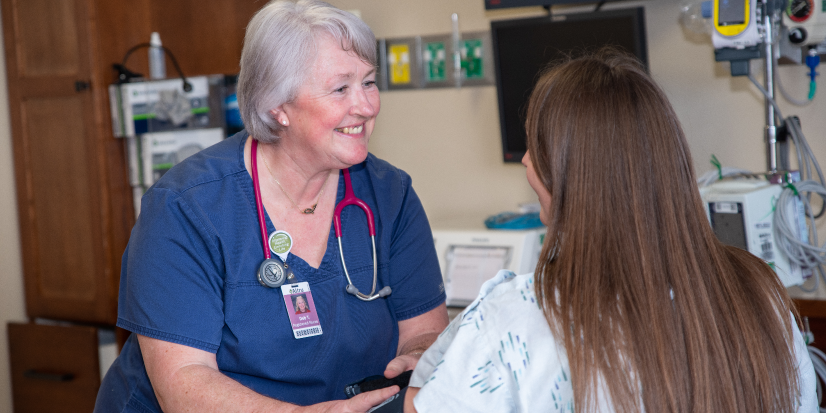Updated on 3.2.2022
Prediabetes means that you have blood glucose (blood sugar) levels that are higher than normal, but not high enough to be diagnosed with type 2 diabetes. These individuals are more likely to develop type 2 diabetes, heart disease and stroke.
Warning Signs of Prediabetes
Often people with prediabetes have no symptoms. According to the CDC, 86 million Americans have prediabetes and 9 out of 10 Americans do not know they have it. Take this quiz to determine your risk for prediabetes.
Prediabetes Risk Factors
- Weight. Being overweight is a primary risk factor for prediabetes. The more fatty tissue you have — especially inside and between the muscle and skin around your abdomen — the more resistant your cells become to insulin.
- Waist size. A large waist size can indicate insulin resistance. The risk of insulin resistance goes up for men with waists larger than 40 inches and for women with waists larger than 35 inches.
- Diet. Eating red meat and processed meat, and drinking sugar-sweetened beverages is associated with a higher risk of prediabetes. A diet high in fruits, vegetables, nuts, whole grains and olive oil is associated with a lower risk of prediabetes.
- Inactivity. The less active you are, the greater your risk of prediabetes. Physical activity helps you control your weight, uses up sugar for energy and makes the body use insulin more effectively.
- Age. Although diabetes can develop at any age, the risk of prediabetes increases after age 45.
- Family history. Your risk of prediabetes increases if you have a parent or sibling with type 2 diabetes.
- Race or ethnicity. Although it's unclear why, certain people — including Black, Hispanic, American Indian and Asian American people — are more likely to develop prediabetes.
- Gestational diabetes. If you had diabetes while pregnant (gestational diabetes), you and your child are at higher risk of developing prediabetes. If you've had gestational diabetes, your doctor will likely check your blood sugar levels at least once every three years.
- Polycystic ovary syndrome. Women with this common condition — characterized by irregular menstrual periods, excess hair growth and obesity — have a higher risk of prediabetes.
- Sleep. People with obstructive sleep apnea — a condition that disrupts sleep repeatedly — have an increased risk of insulin resistance.
- Tobacco smoke. Smoking may increase insulin resistance. Smokers also seem to carry more weight around the middle.
If you could benefit from meeting with a dietitian or with any of the education center staff to prevent diabetes, expand your knowledge or get a fresh start with managing your diabetes, please don’t hesitate to call us at 701.780.6400 or ask your physician for a referral. Learn more at altru.org/diabetes.
Some of the content of this blog is courtesy of Mayo Clinic, the No. 1 hospital in the nation according to U.S. News & World Report. Altru Health System is a member of the Mayo Clinic Care Network. This relationship provides us with access to information, knowledge, and expertise from Mayo Clinic.







